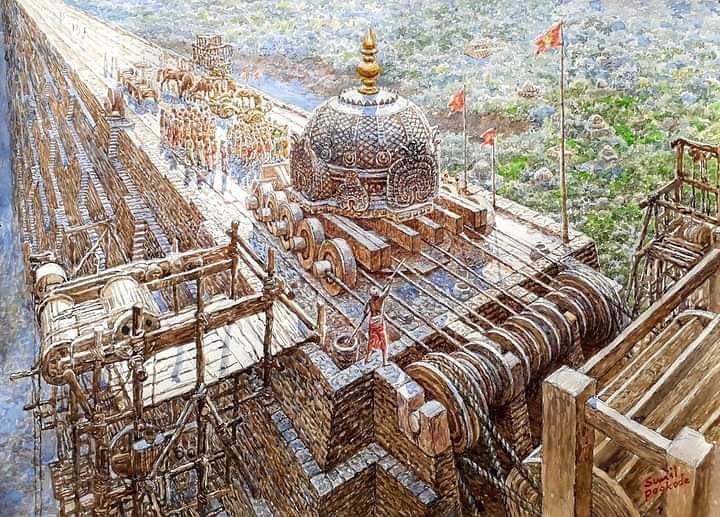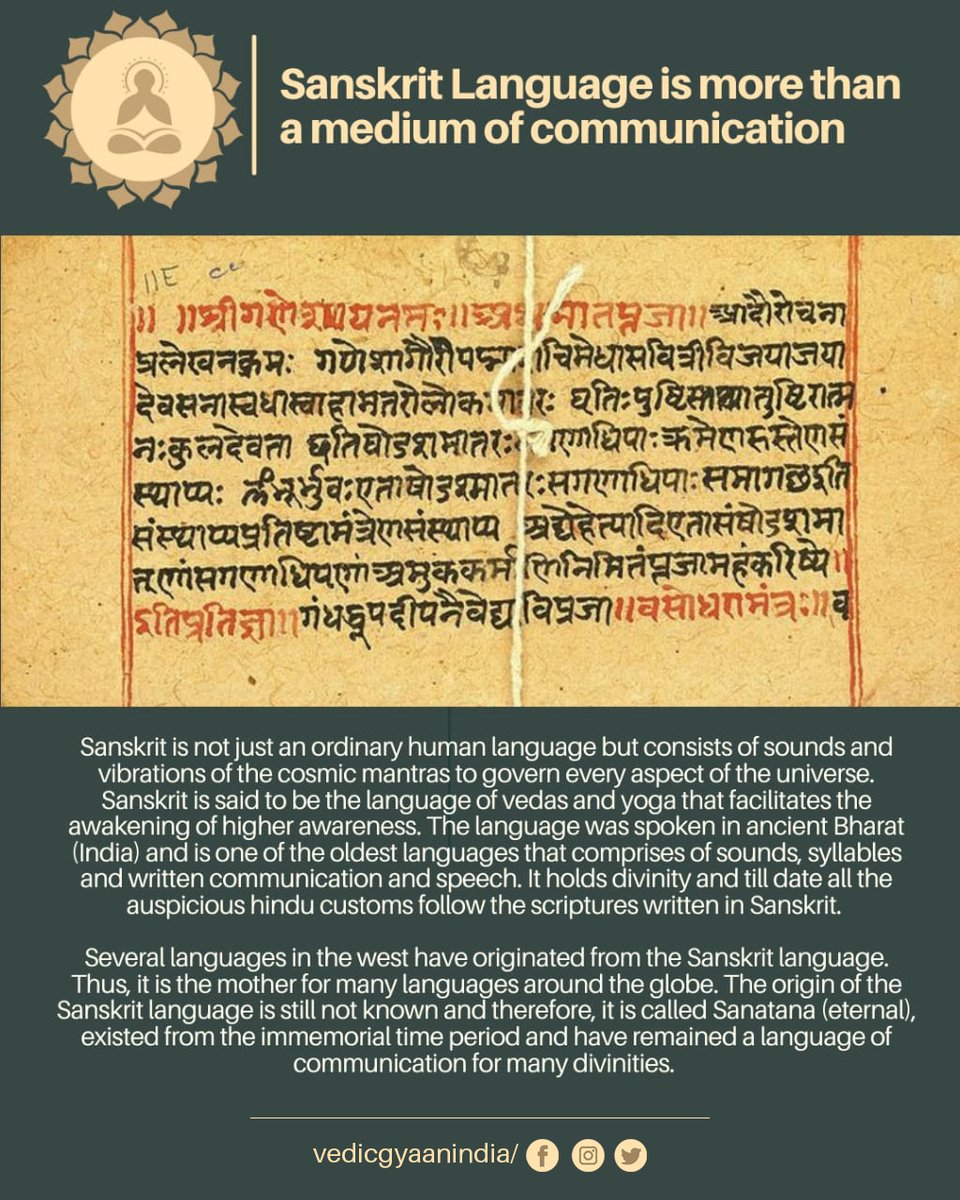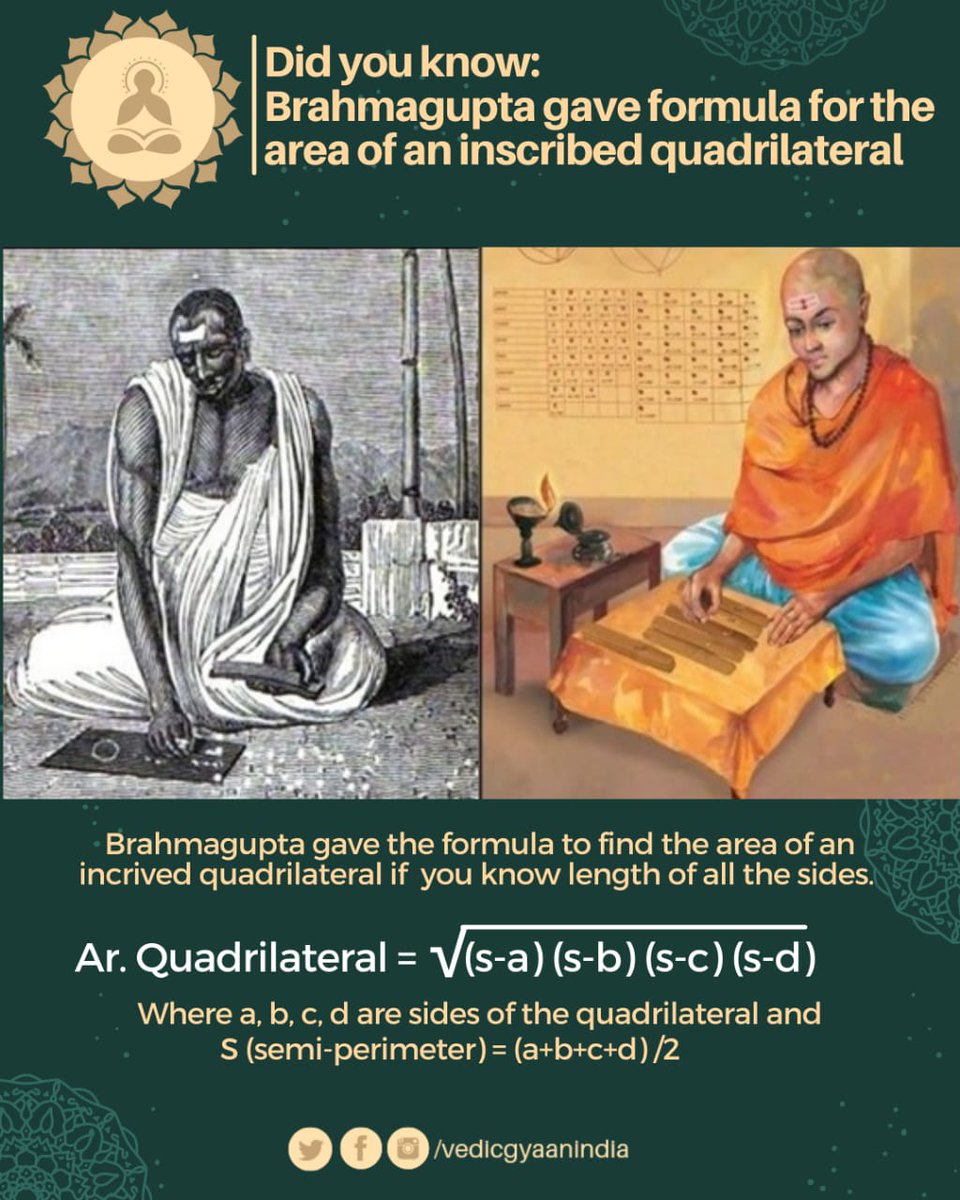
Yoga in Sanskrit is ‘Yuj’ which means to unite or to join. During yoga, the body and mind unite to form a single unit, along with the presence of the soul. The whole body acts like one. Yoga in Bhagwad Gita is said to be in equanimity. It is the ability to control and 







stay calm in every situation in life. Patanjali has rightly said that yoga refers to the checking of mental impulses. He divided it into eight elements that comprised; Yama, Niyama, Asana, Prayanam, Pratyahara, Dharana, Dhyana, and Samadhi. 



There are prominently three styles- Hatha, Vinyasa, and Ashtanga. Of the many different types practiced in the world, two variations- Hatha and Vinyasa are among the most popular. While they share many of the same poses, Hatha and Vinyasa each have a distinct focus and pacing.
Let’s explore five yoga poses for immunity to help your body help itself when the cold and flu season hits hard.
Read the full blog on Yoga on: vedicgyaan.com/yoga-art-of-he…
• • •
Missing some Tweet in this thread? You can try to
force a refresh













